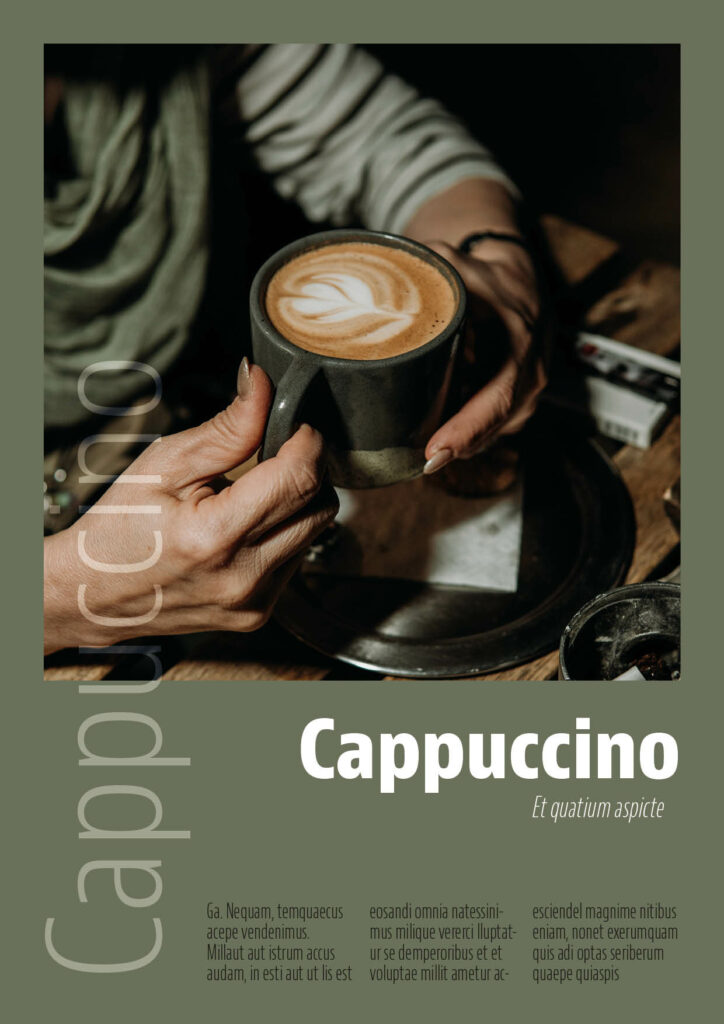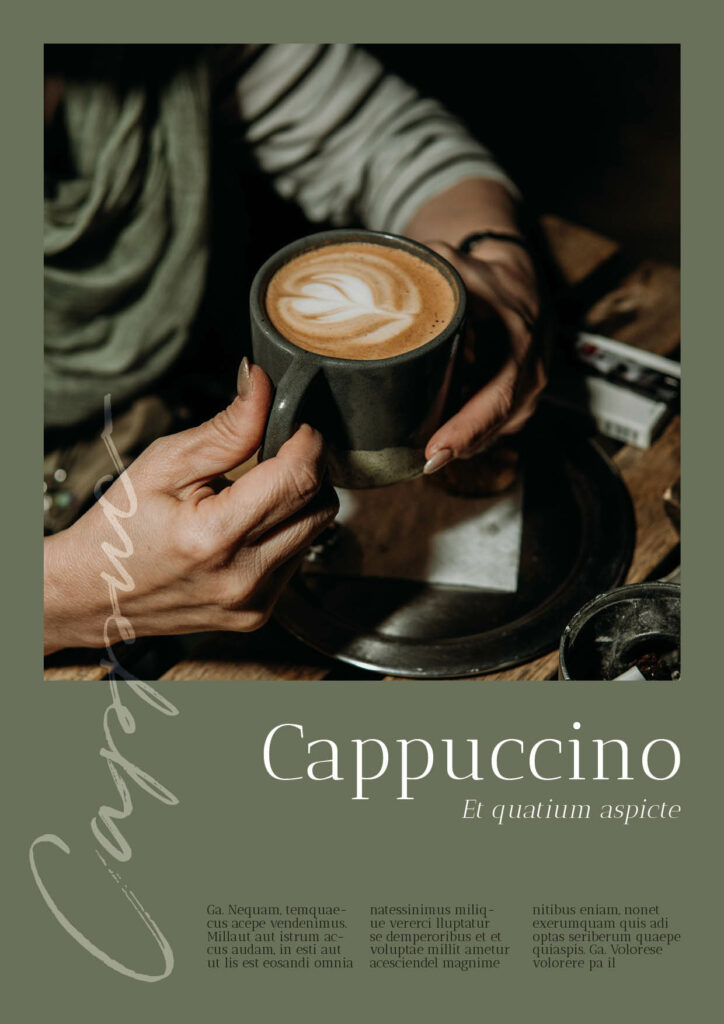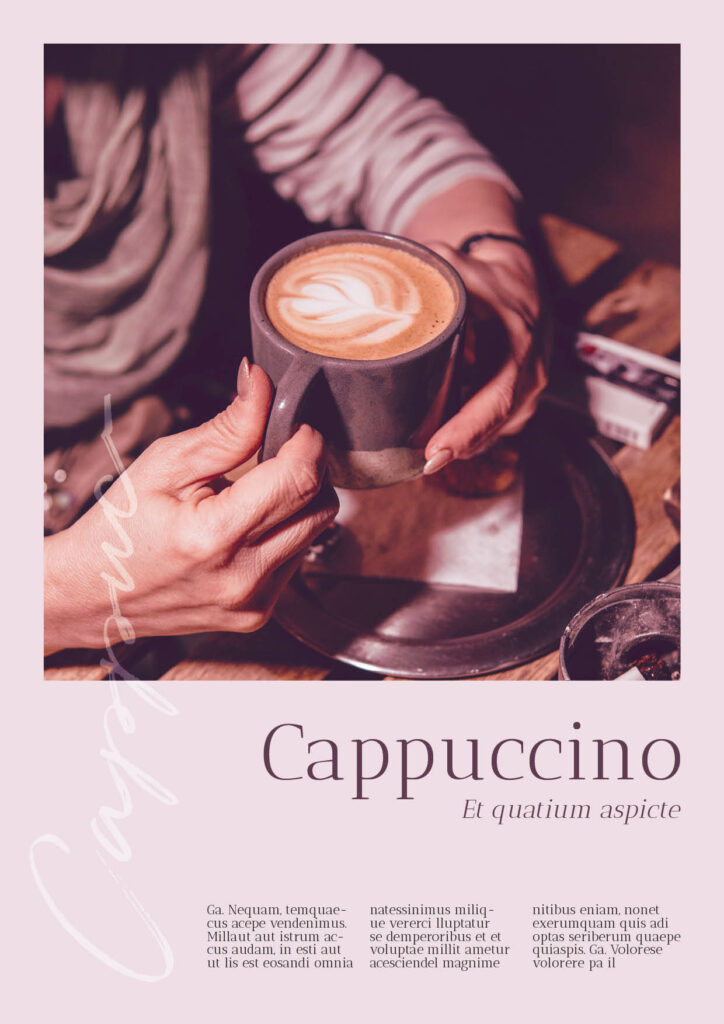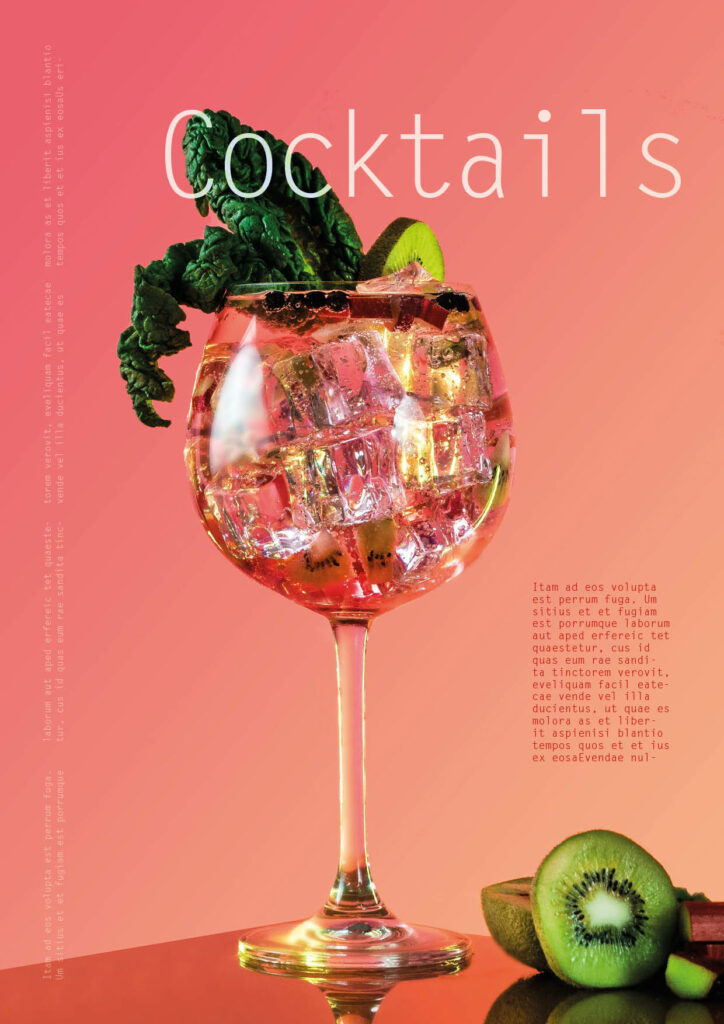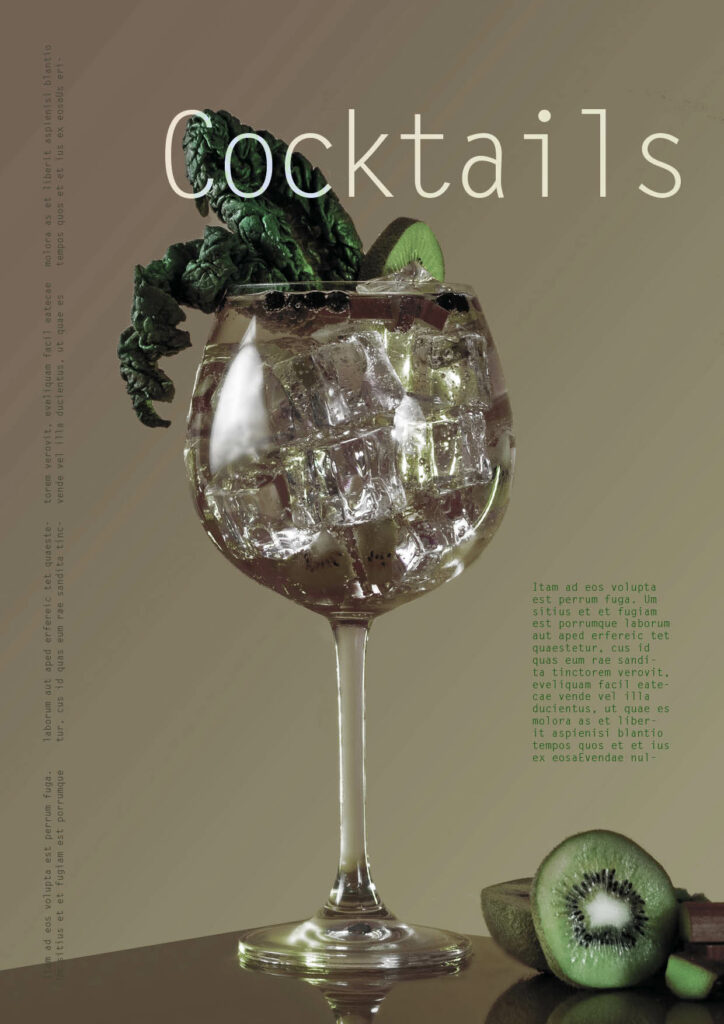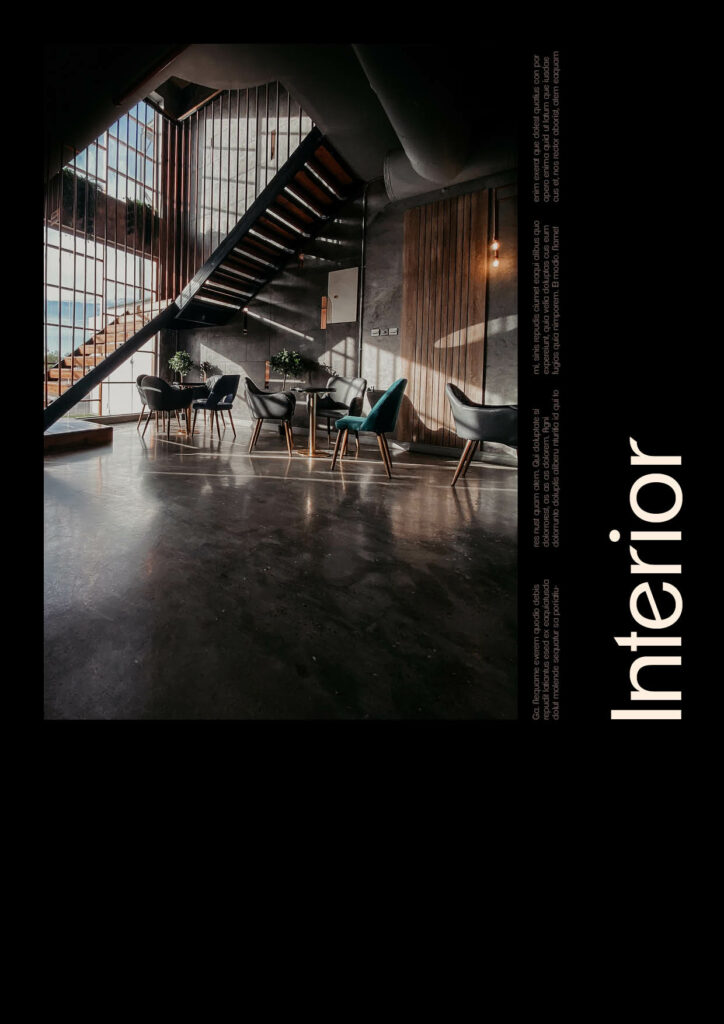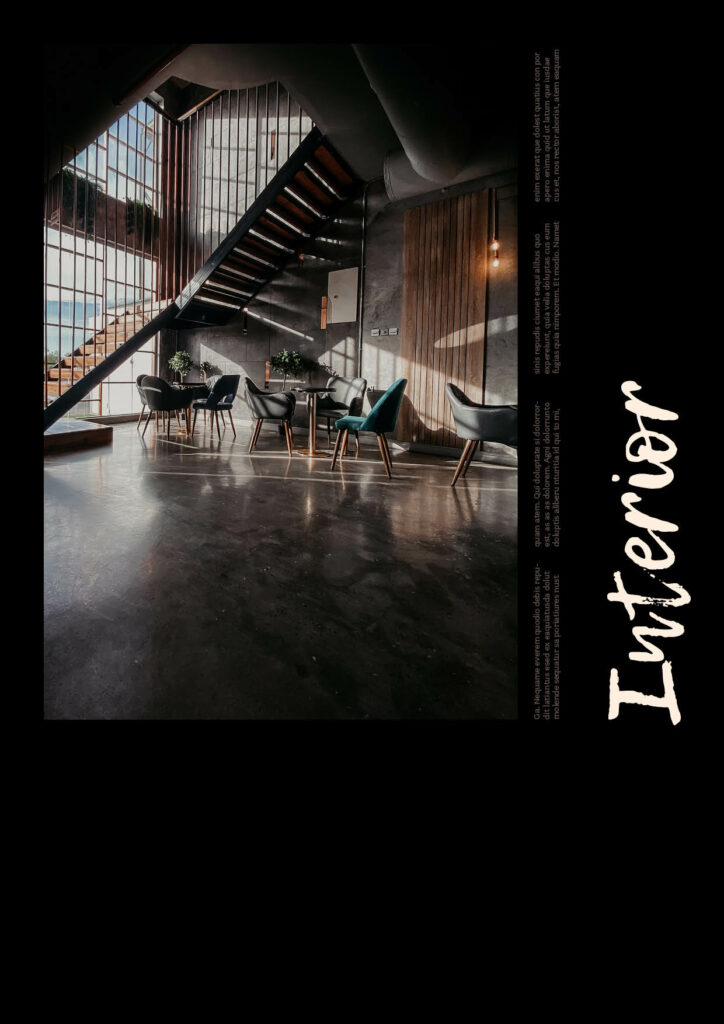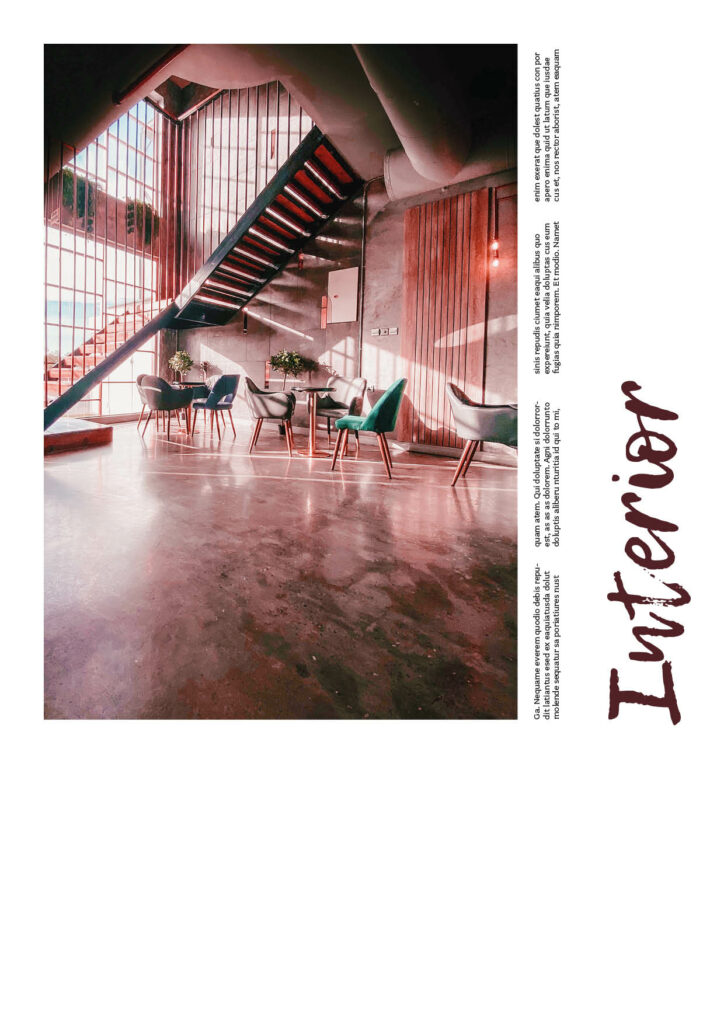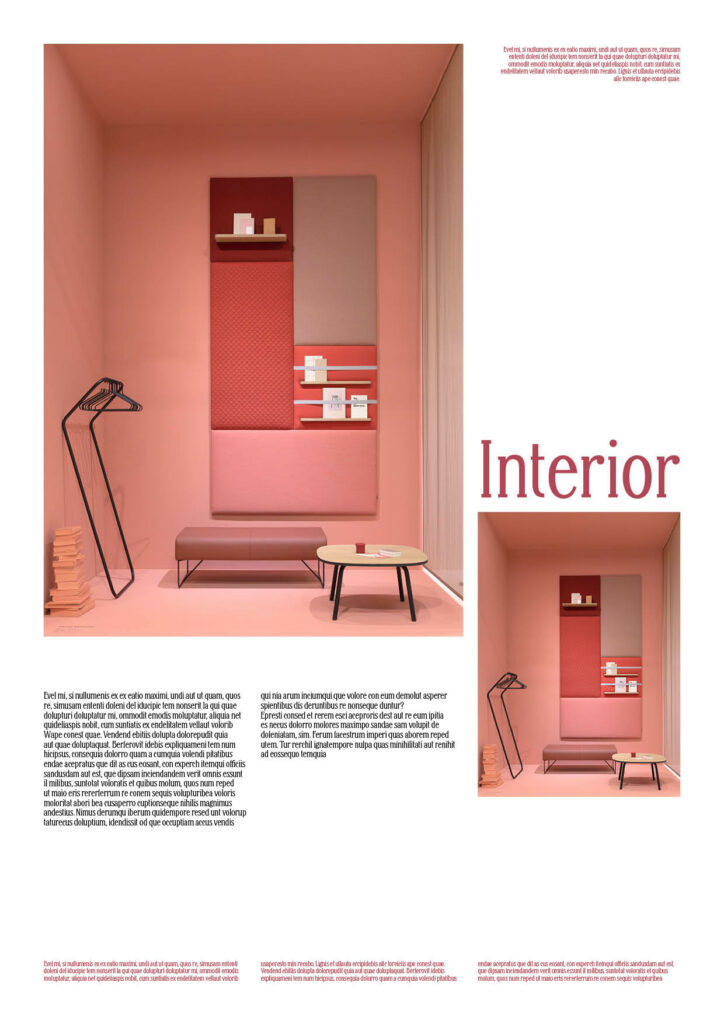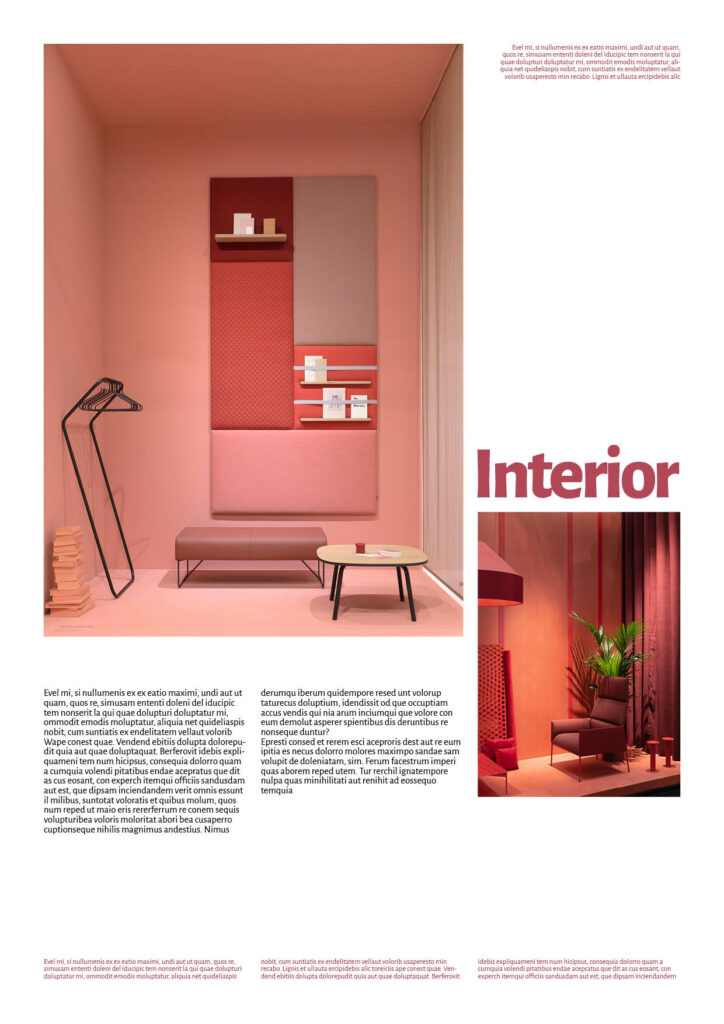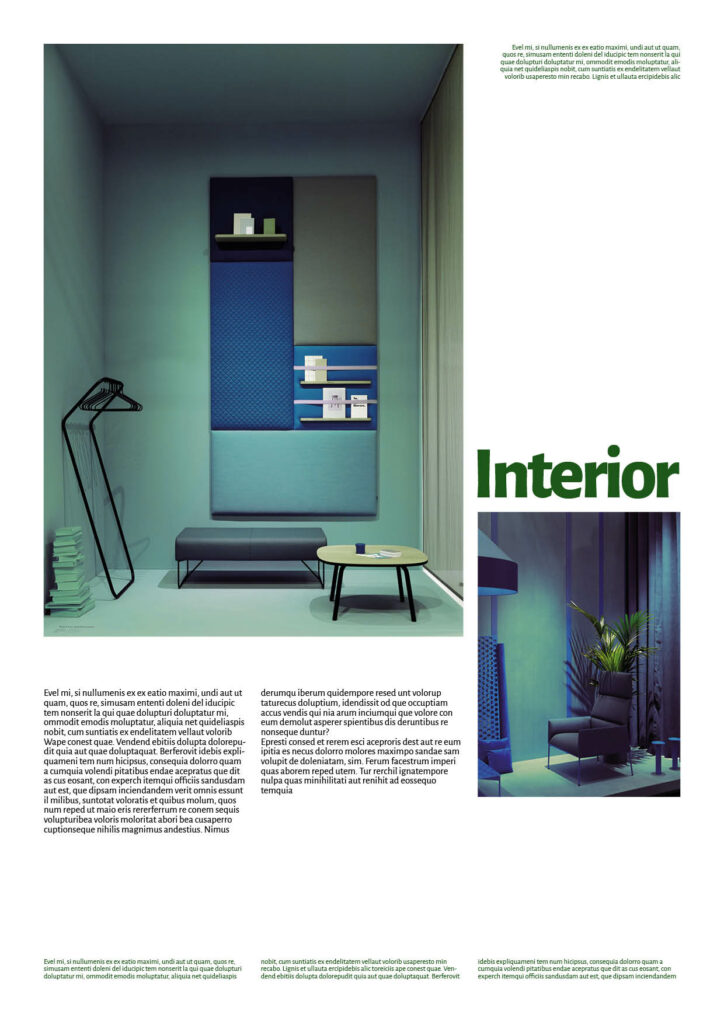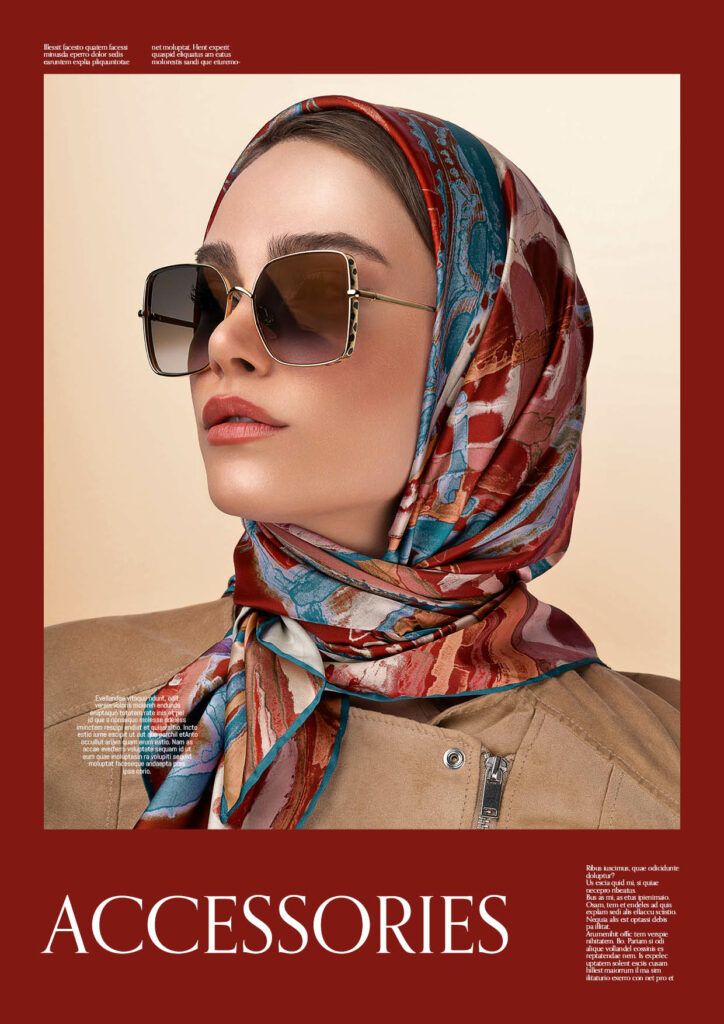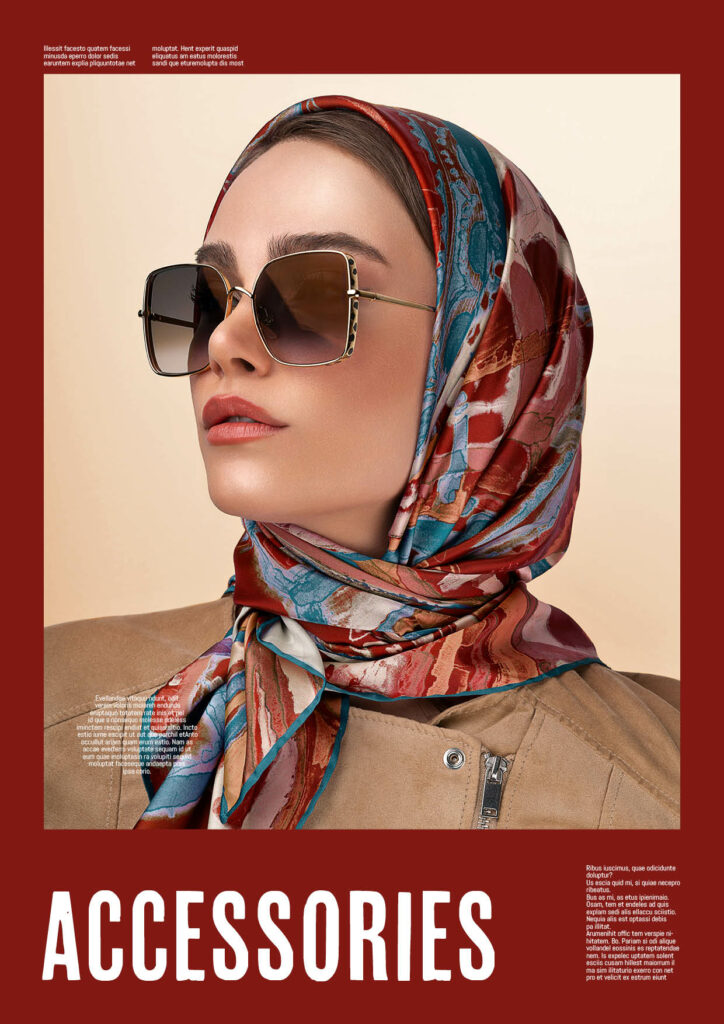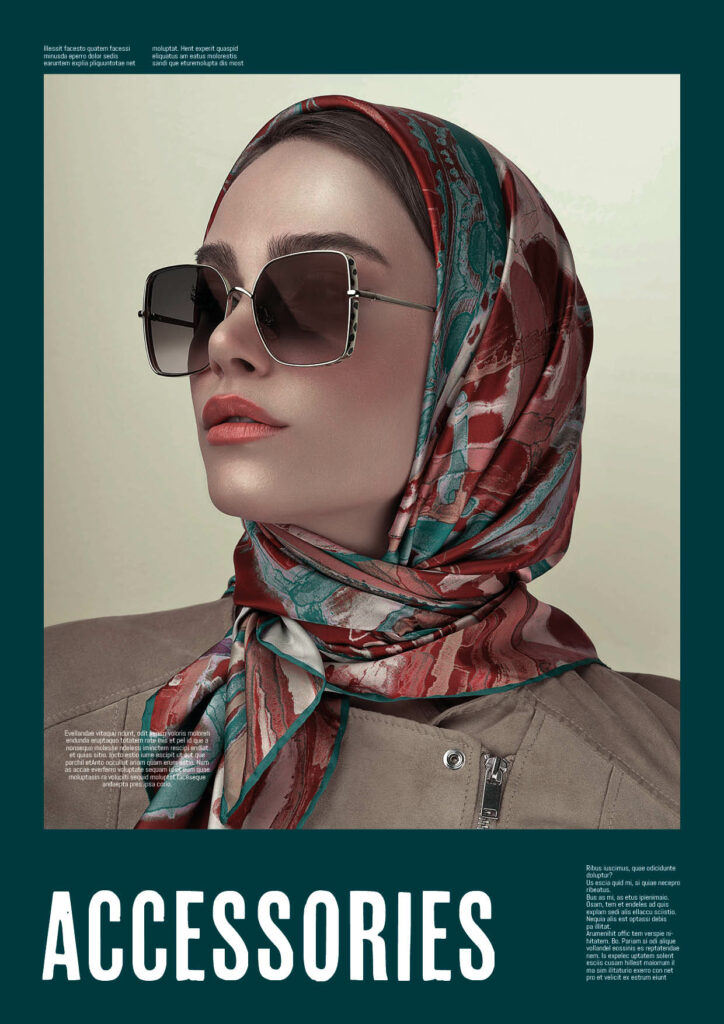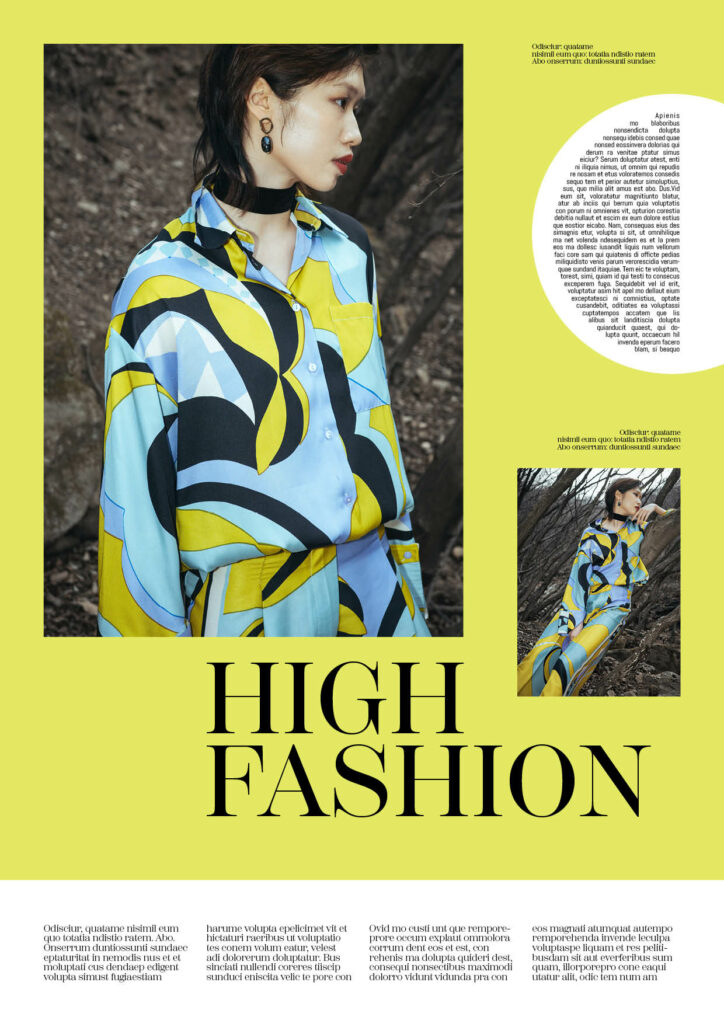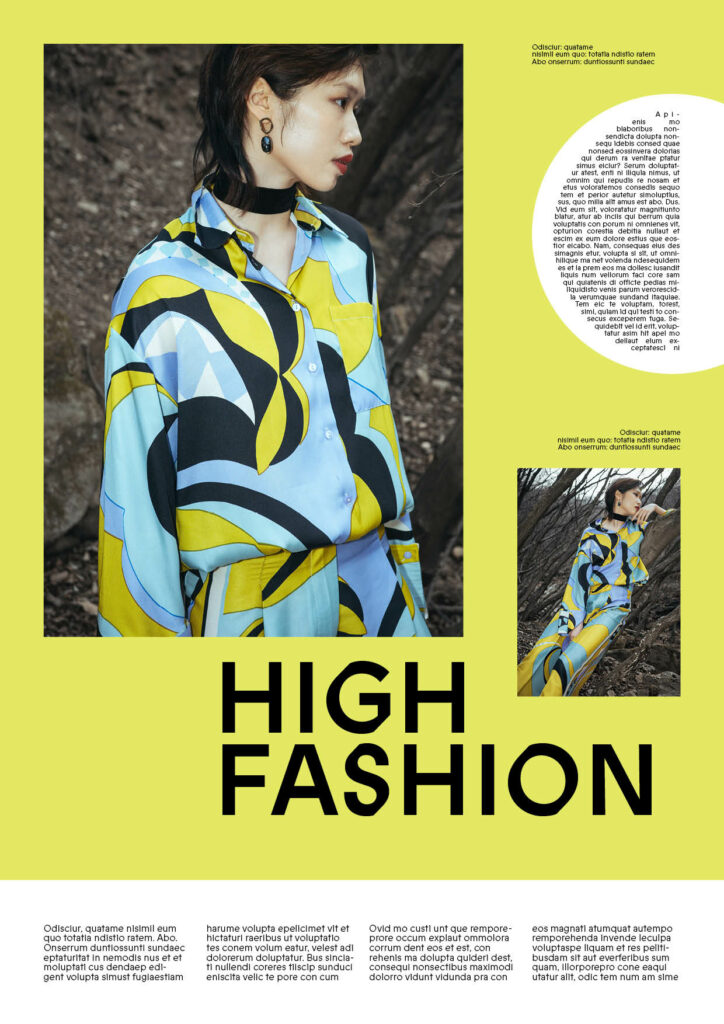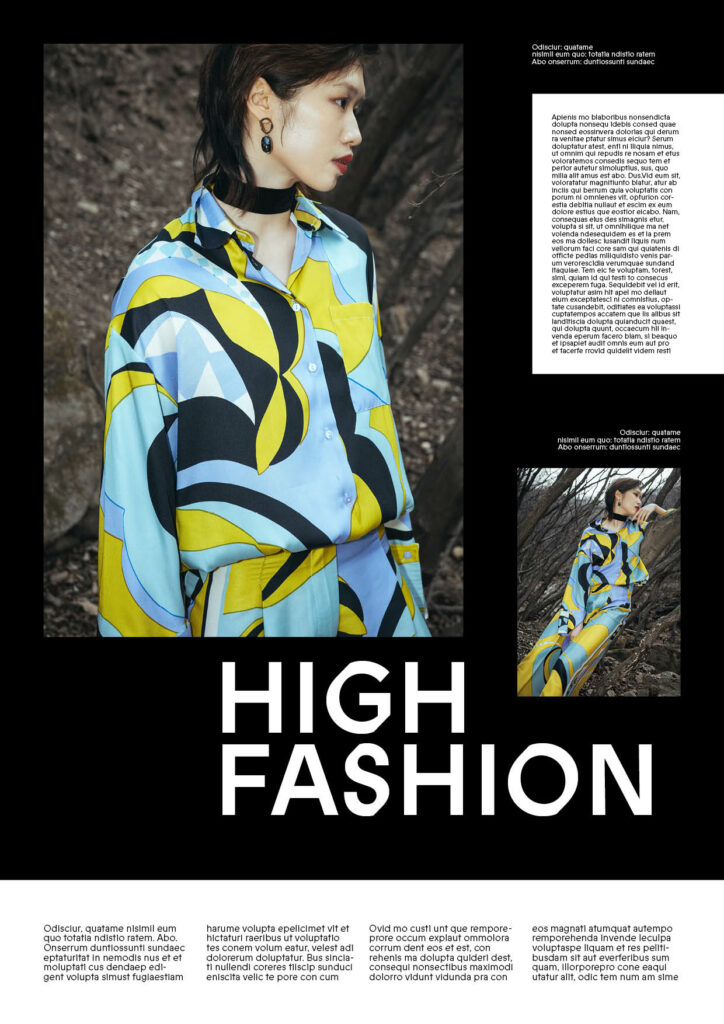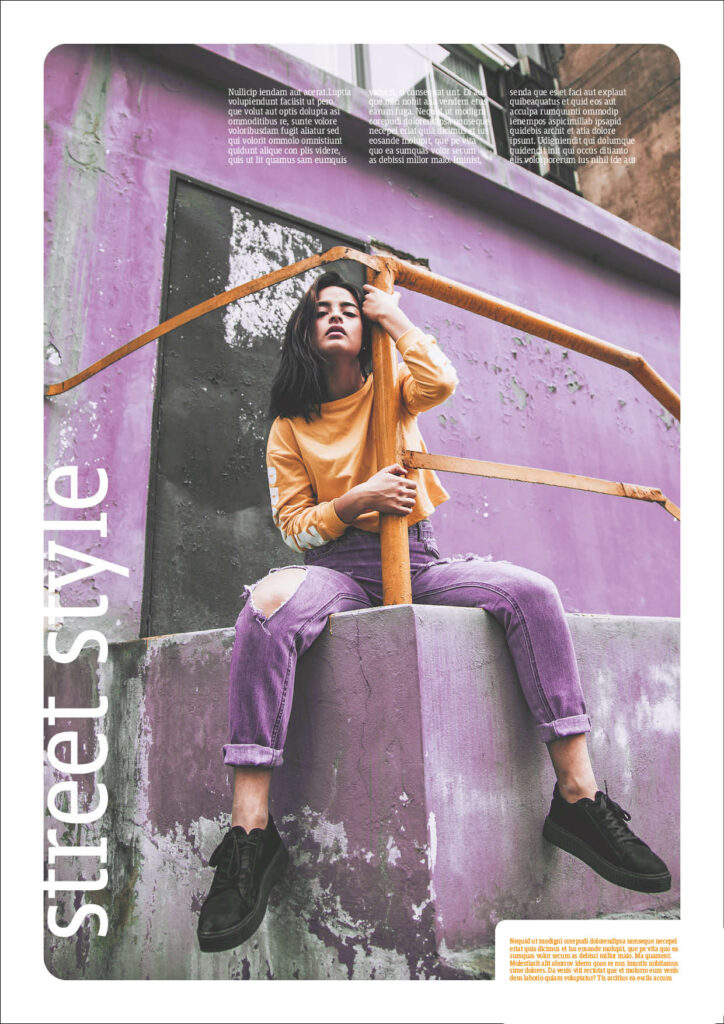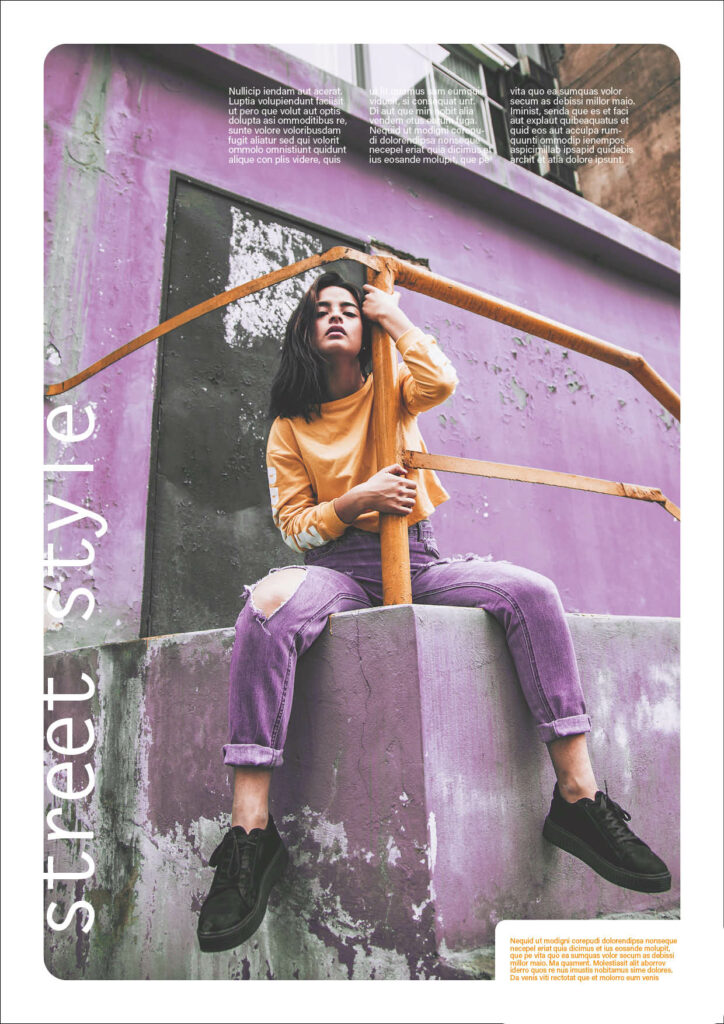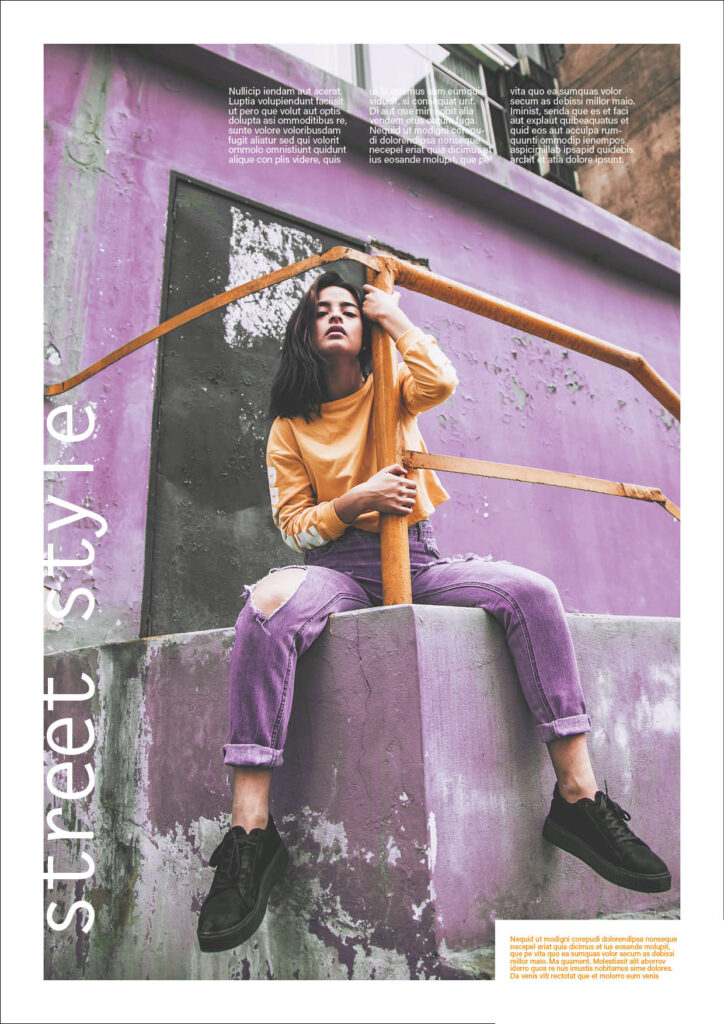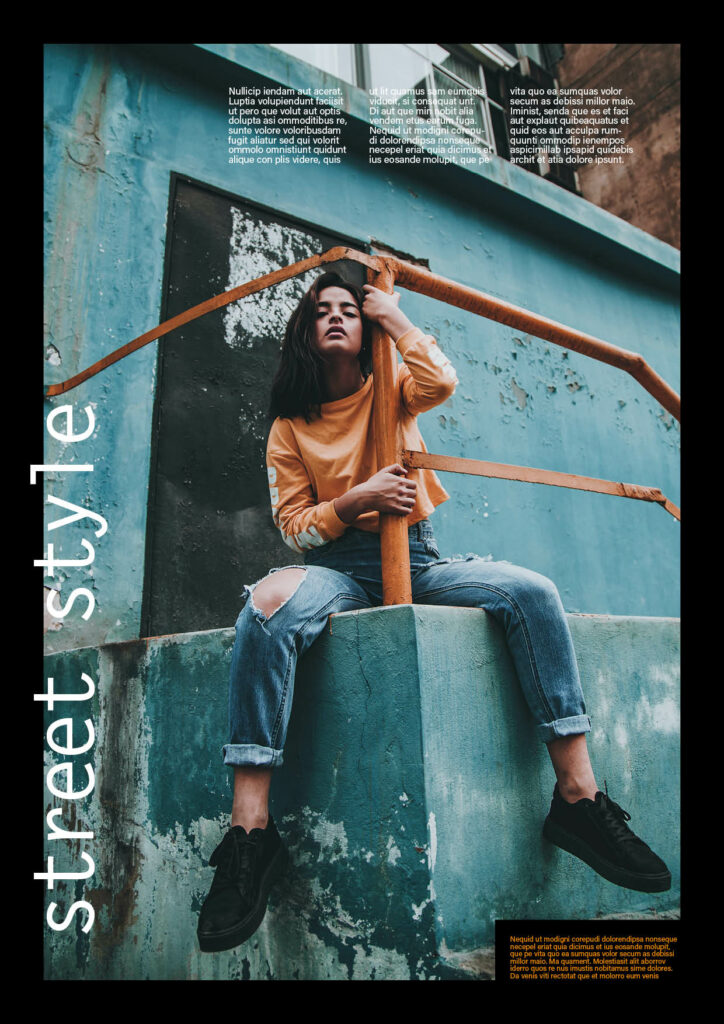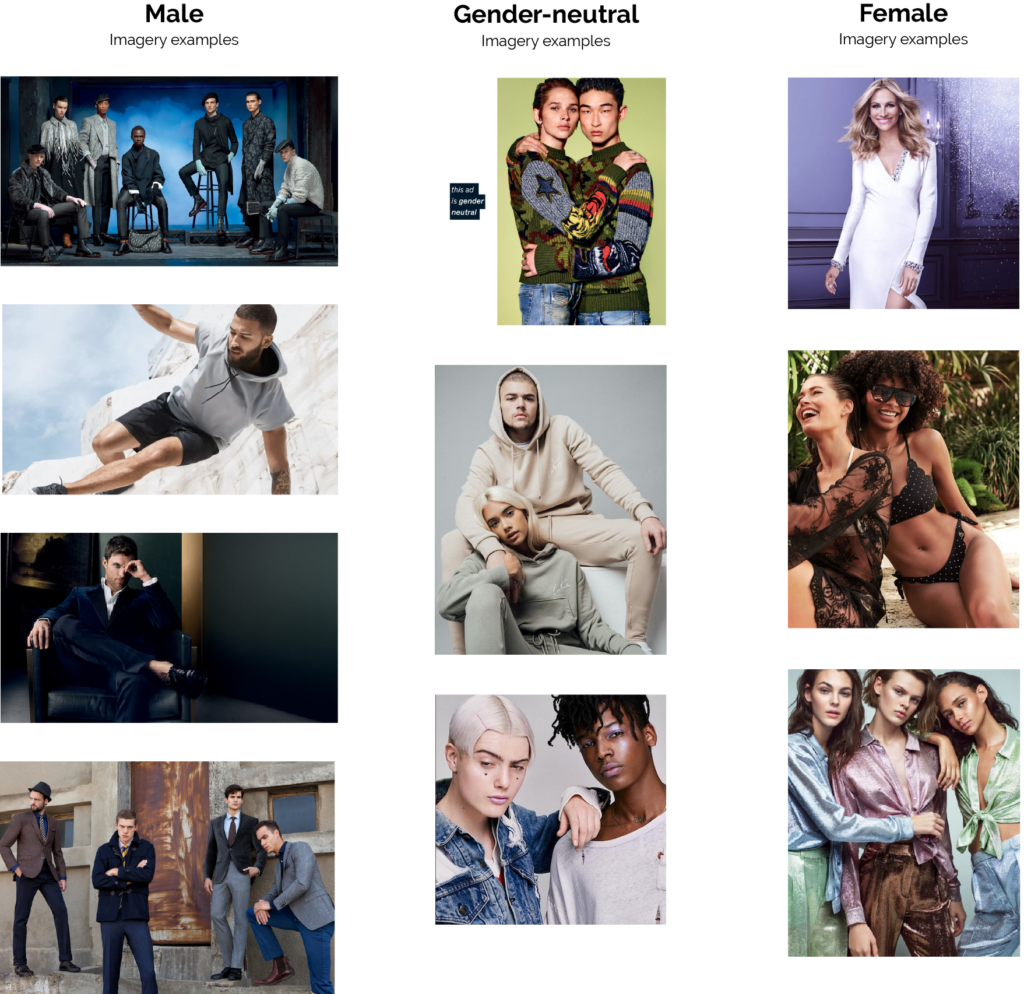After having a closer look at other unisex-clothing companies and quite different outcomes and interpretations, I would like to see how theory defines a gender-neutral corporate identity. Again, to simplify how this blog article is structured, the different elements will be analysed based the elements of a corporate identity: colours, typography, images and graphics and as an extra: language. The element logo is not included as it is mainly created with the use of either typography and graphics, only graphics or only typography.
In general, it is quite hard to find literature or scholarly articles about this topic as it is a fairly new development within the branding and marketing industry, so the main sources utilised are online articles. Added to that, gender stereotypes are often forbidden rules that designers follow, resulting in only a handful of sources that actually speak the unspoken. It should also be said that these guides and stereotypes are a generalisation of examinations and should not be taken for the norm. Mixed with the practical analysis we have conducted, it can however show possible next steps in the realisation of a gender-neutral fashion corporate identity.
Which colours are stereotypically assigned to which gender and which are typically gender-neutral?
When speaking of stereotypical colours, many of us have heard the sentence “blue is for boys, pink is for girls”. This starts from a young age with for example gender reveals using these two colours as indicators for the sex. Even though a lot of people and brands want to distance themselves from this gender stamp, it is still utilised in branding for specific genders. This also translates to neighbouring colours in the colour wheel, with green for boys and purple for girls. In general, it is often said that males prefer brighter, bolder colours compared to females gravitating more towards light and pastel shades. Interesting to see is the statistic that blue actually is the favourite colour for both genders in adult life, and orange and brown often the least. From these facts, many guidelines suggest white, greys, browns, yellows, greens and black as safe colours for use. When comparing this to the comparative analysis from the last blog post, you can see a lot of overlaps in the companies, except for the brand Collusion. They specifically used lighter, pastel colours incl. pink and purple symbolising femininity, as well as gender neutral colours green, yellow, white and black, but also stereotypical masculine colours like bright red. For future implementation it could be interesting to decide to either perhaps break the norms of gendered colours like Collusion or stick to gender-neutrality like other competitors.
Examples:
Stereotypical gender-based typography options
Typography stereotypes also originate from a young age, explaining to girls that a thin, round, curved, flowy handwriting is desirable. This derives from the gender norms of feminine character traits symbolising girls to be kind, quiet, shy, dainty and pursue hobbies such as ballet and art. The opposite in typography is geometric lines, serifs, geometric spacing and bold lines. These traits are often assigned to males and can similarly be translated to desired characteristics such as strong, assertive, sporty, and bold. To find a common ground and combine some elements from both genders, Helvetica is often mentioned to be the perfect example of gender-neutral typography due to its simplicity. It comes to no surprise that other unisex types are also derived from the classic library of fonts often also used in the web like Garamond, Roboto and ITC Bauhaus. The examples for unisex clothing brands from the previous post, also reflect on these “guidelines” by using non serif, more simple typefaces, whereas Collusion again plays with the norms and uses a stronger thickness. Even Human Nation occasionally utilises bolder but rounder fonts, playing with these male vs female characteristics.
Some specific characteristics for stereotypically female/male typefaces can be mentioned to further explain differences often found. Boldness is one indicator for gendered fonts- typically male targeted typefaces use boldness, whereas female fonts are more light. Serifs can also show which gendered target group is chosen due to male dominated typefaces utilising more stronger serifs like slab serifs to highlight geometry. As mentioned before ornamentation is also sometimes used as an indicator for gender: ornamental types used for women and male types contain hard edges.
Some sources state that typography and colour correlate with one another and a balance between these is important. Language usually assigns genders to words already, either through definite or indefinite articles like in the French or German language or through meaning, like in the word “ballerina” which is often combined with feminine attributes. If a more stereotypically masculine typography is utilised for such a word, this can cause an imbalance. However, wouldn’t it be fun to actively break these norms?
Example:
Is there actually a difference in gendered imagery and graphics ?
One rule one can obey when creating or choosing imagery for a company’s CI, is using women in female targeted products and men in male. Women are often portrayed having fun with friends, getting ready and men are seen doing sports. Especially in the fashion industry imagery and the portraying of women has become a heated discussion. Photoshop and other image altering software are used to change body characteristics or whole images resulting in an incorrect sense of body perception in many females. A development is being seen amongst the industry today with more and more brands either forgoing editing images or using disclaimers to try and change the negative impact it has had on society. Images used in CI in general should be always used with the target group in mind and what kind of experience should be conveyed. If a gender-neutral brand wants to portray being inclusive, then this should also be included in the imagery, featuring both genders as well as genderfluid or non-binary individuals. Gender stereotypes to group individuals should be avoided e.g. avatars that indicate a specific gender and if so, the intention should always be apparent. The gender-neutral and unisex brands presented in the last article, all make use of imagery to present their products through studio shots of the products by themselves or worn by models. The lookbook styled imagery however, is often neutral and shows diverse people showcasing the fashion. More vibrant brands like Collusion focus more on fun and colourful imagery and edits, portraying the different end of the spectrum.
Example:
Stereotypes in graphical means are also very apparent within graphic design. Websites for men often contain dark colours, bold fonts, harsh layouts and geometrical shapes and forms. This also reflects itself within graphics like icons, with men stereotypically having preferences for straight, pointed shapes, whereas female targeted icons are more rounded and smooth cornered. To create gender-neutral graphics often minimalist and outlined icons are created including both rounded and sharp edges. Other than that, there is not a lot of info on what gender-stereotypes exist within graphical means, but analysing the previously presented unisex fashion brands from the last blog post shows that there are not very apparent distinctions.
What language can I use to be gender-inclusive?
As a bonus, language should be included into the stereotypical guidelines of a gendered and gender-neutral design, as very distinctively, gendering through language plays a big role in these. Use of correct gender-neutral or gender sensible language is a big and also somewhat complex topic, so it will only be touched upon in this paragraph. As mentioned before, many words already have a gendered meaning, also often indirectly without us knowing, and these should therefore be avoided. Examples are words like “guys”, “ladies” or words like “cameraman” or “landlord”, which specifically indicate a gender. Starting in the website layout of a unisex brand, a distinction between male, female or other should not be indicated through categories for men and women but should rather be united to be considered unisex. Pronouns are also becoming a more outspoken topic. Companies like Instagram now enable to include pronouns within the bio and this should also be considered within the corporate identity. If company values are focused on a more personal approach, this should be kept in mind when addressing the target group through e.g. means of advertising. In grammar, there are also certain rules that hint towards a specific gender. Examples are sentences that include his as a reference word: “A CEO should use design to portray his values of the company”. Here replacing “his” with “their” can already make the sentence more inclusive. Examples like this should always be considered when trying to utilise gender-inclusive language. Another often unnoticed stereotype is within occupations or other stereotypes. Instead of saying “John and Mary both have full-time jobs; he helps her with the housework.”, a more equality-focused phrase would be “John and Mary both have full-time jobs; they share the housework”. Occupations like “cleaning lady” should also just be changed into “cleaner”.
The content itself is advised to be concise when targeting men including keywords that highlight “solutions to problems” to the product advertised. Women-targeted ads however, should be more detailed and descriptive and provide help and the feeling of being understood. For gender neutral advertising, a mixture of these characteristics could be the balance between the two.
In general, a CI focusing on gender-neutral/ unisex clothing or products should use inclusivity and equality within their values. The design strategy and advertising strategy should always consider this aspect and question every component on its gender-inclusiveness. All websites shown in the comparative analysis from the last blog post integrate the non-categorisation between men and women, but only use the subcategories of dividing into clothing types and pages. In general the language is determined by the identity the company has chosen for itself, so there is no clear distinction between the language of a gender-neutral CI.
So should I only design in black, white and grey and use Helvetica for my gender-neutral branding?
In general, these stereotypes are only indicators and should only be used as such. Every brand can decide for themselves if and how they want to implement gender stereotypes into their corporate identity. Sometimes going against these norms can be effective and actually target the desired target group successfully than following certain guidelines. Especially as gender-neutrality only provides a limited amount of options to choose from in different components like colour, typography, images/graphics and language, stepping out of these norms may be an approach for a gender inclusive strategy that promotes gender equality by breaking these stereotypes. All in all, a corporate identity should be appealing to the target group and depends on what kind of customer you want to attract. A target group analysis can gain more insight into preferences in a much more effective way than listening to gendered design stereotypes or guides on gender-neutral design.
Literature
Cook, Lindsey. 2021. The Use of Extreme Photoshop in the Fashion Industry. Accessed December 26, 2021. https://lcwritingportfolio.wordpress.com/the-use-of-extreme-photoshop-in-the-fashion-industry/.
Darstaru, Ana. 2020. Design Stereotypes: What Defines Feminine Design or Masculine Design? May 20. Accessed December 26, 2021. https://www.creatopy.com/blog/masculine-design-feminine-design/.
Harlem World Magazine. 2020. Looking Beyond Blue And Pink: Choosing Gender-Neutral Colors For Your Toddlers. November 11. Accessed December 26, 2021. https://www.harlemworldmagazine.com/looking-beyond-blue-and-pink-choosing-gender-neutral-colors-for-your-toddlers/.
Johnson, Joshua. 2012. Leveraging Stereotypes in Design: Masculine vs. Feminine Typography. July 19. Accessed December 26, 2021. https://designshack.net/articles/typography/leveraging-stereotypes-in-design-masculine-vs-feminine-typography/.
Johnson, Richard. 2021. Gender Differences in Advertising Between Men and Women. September 3. Accessed December 26, 2021. https://www.optimonk.com/gender-targeting-the-differences-between-men-and-women/.
Murtell, Jennifer. 2019. The Rise of Gender-Neutral Branding. September 12. Accessed December 26, 2021. https://www.packagingstrategies.com/articles/95077-the-rise-of-gender-neutral-branding.
Patel, Neil. 2021. True Colors – Breakdown of Color Preferences by Gender. Accessed December 26, 2021. https://neilpatel.com/blog/gender-and-color/.
Querini, Vale. 2021. How to Design for Every Gender. August 3. Accessed December 26, 2021. https://careerfoundry.com/en/blog/ux-design/design-for-every-gender/#microcopy-how-to-use-gender-inclusive-language.
UN Women. n.d. “Gender-inclusive language guidelines (English) Promoting gender equality through the use of language.”
Velarde, Orana. 2017. What Is Gender-Neutral Design? Here’s How and When to Use It. November 5. Accessed December 26, 2021. https://visme.co/blog/feminine-design-masculine-design/.
